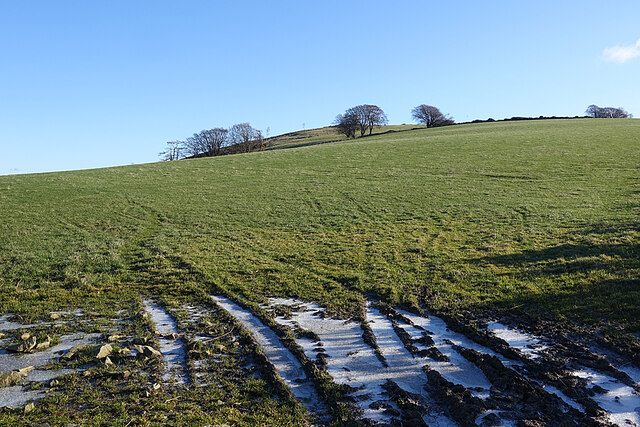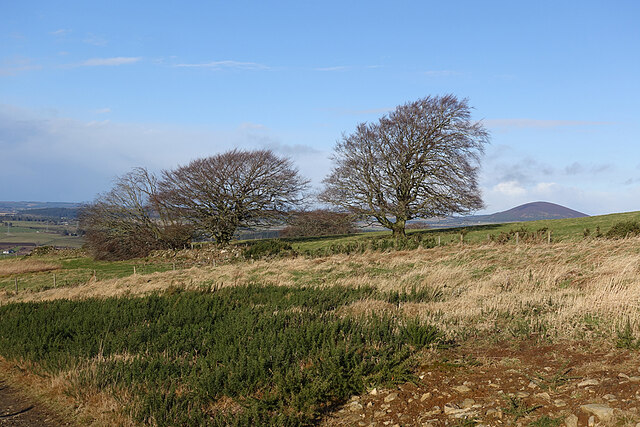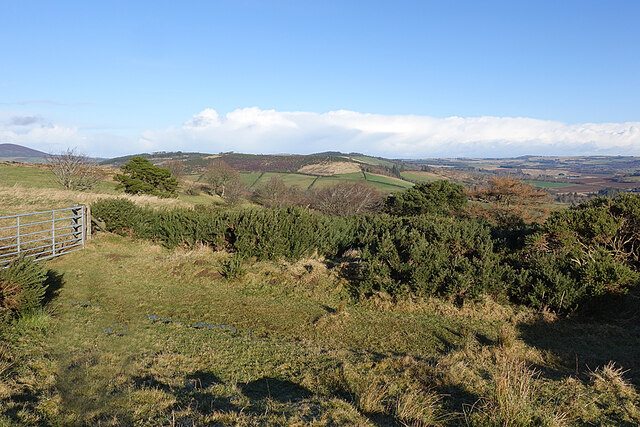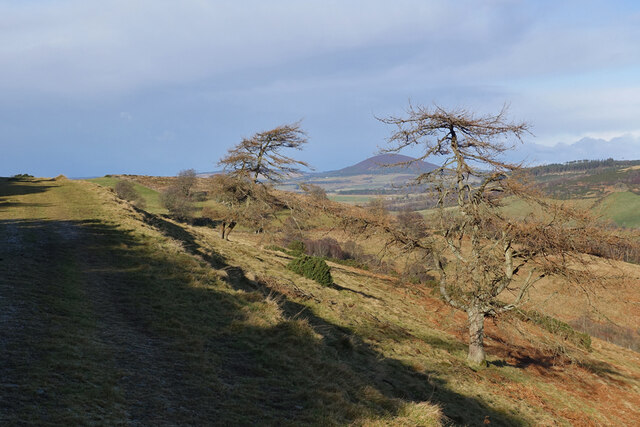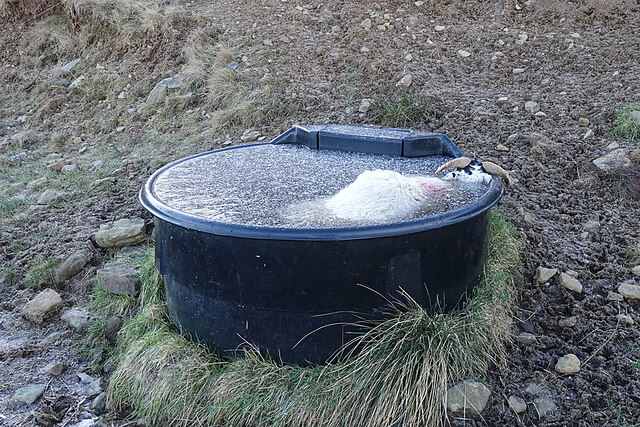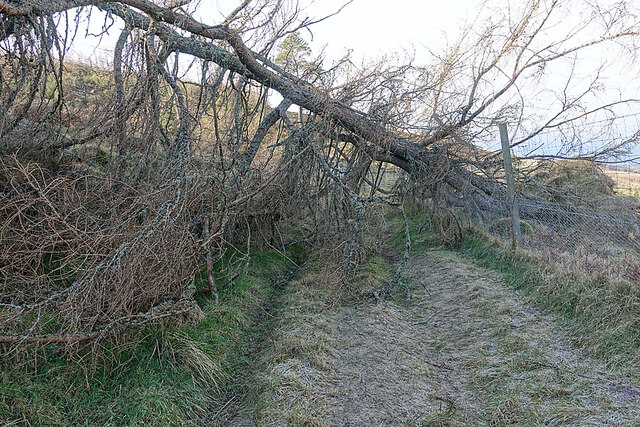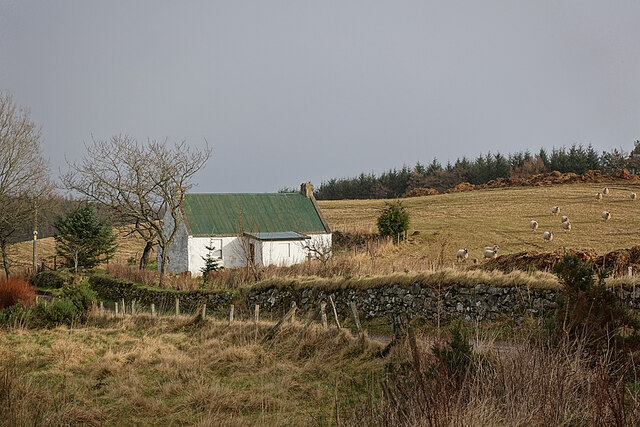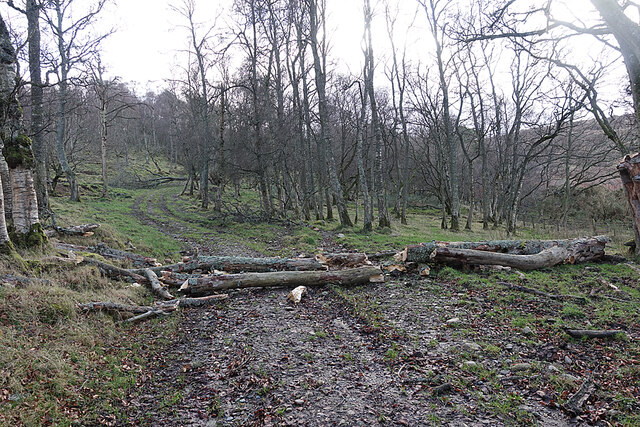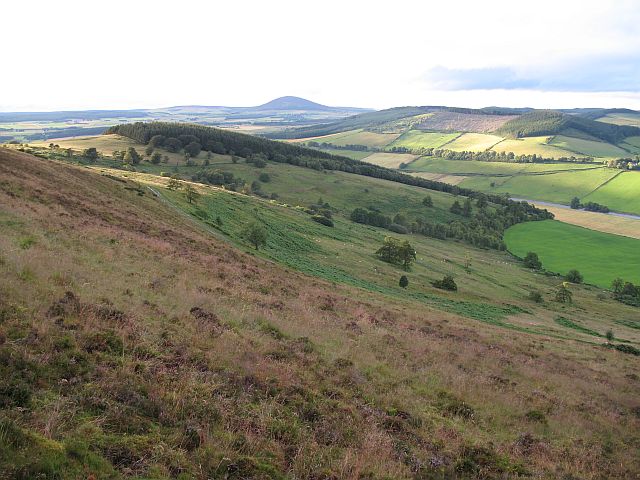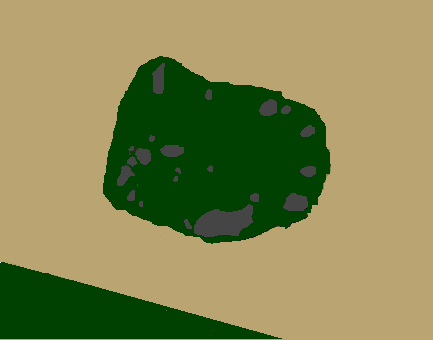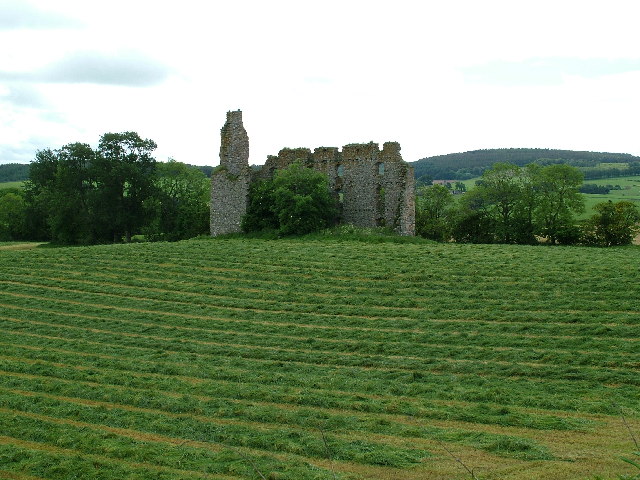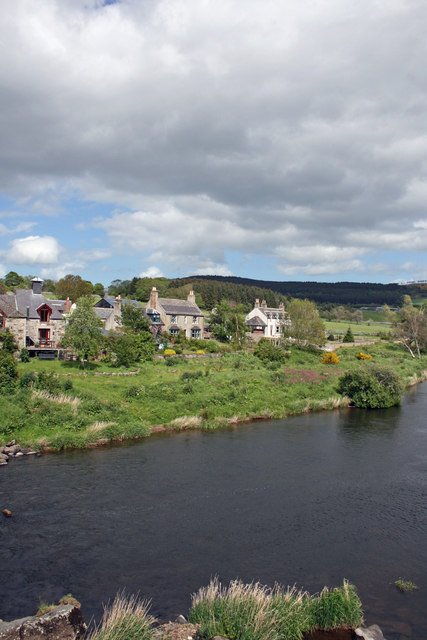Tower Hill
Hill, Mountain in Banffshire
Scotland
Tower Hill
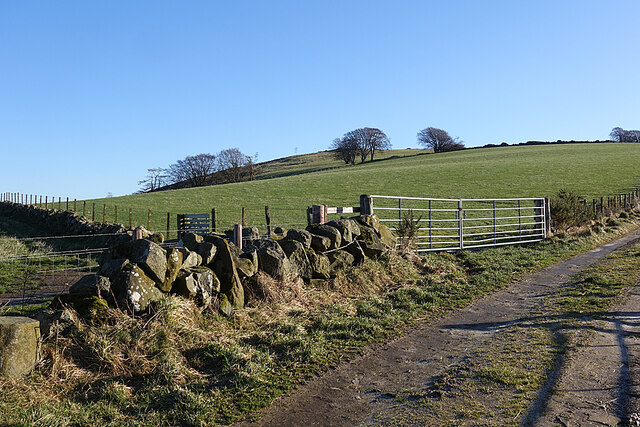
Tower Hill is a prominent hill located in the county of Banffshire, Scotland. Standing at an elevation of 234 meters (768 feet), it offers breathtaking panoramic views of the surrounding countryside and coastline.
Situated near the coastal town of Portsoy, Tower Hill is a popular destination for outdoor enthusiasts, hikers, and nature lovers. The hill is characterized by its gentle slopes and lush greenery, providing a picturesque setting for leisurely walks and picnics.
The highlight of Tower Hill is undoubtedly the historic ruins of Findlater Castle, which perch dramatically on the edge of the cliff. Findlater Castle dates back to the 12th century and was once a mighty stronghold of the Ogilvies. While only fragments of the castle remain, they are a significant reminder of the region's rich history and architectural heritage. Visitors can explore the ruins and imagine the castle's former grandeur while taking in the breathtaking views of the North Sea.
The surrounding area of Tower Hill is also home to diverse flora and fauna, making it an ideal spot for wildlife observation. Birdwatchers can spot various species, including seabirds and raptors, while wildflowers dot the landscape during the spring and summer months.
Tower Hill, Banffshire, offers a delightful blend of natural beauty, historical significance, and recreational opportunities. Whether one seeks a peaceful stroll, a glimpse into the past, or simply a moment of tranquility amidst stunning scenery, Tower Hill provides an unforgettable experience for all who visit.
If you have any feedback on the listing, please let us know in the comments section below.
Tower Hill Images
Images are sourced within 2km of 57.513781/-2.7021788 or Grid Reference NJ5847. Thanks to Geograph Open Source API. All images are credited.
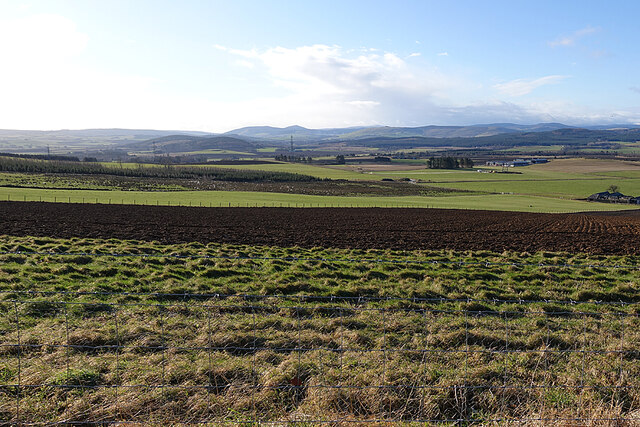
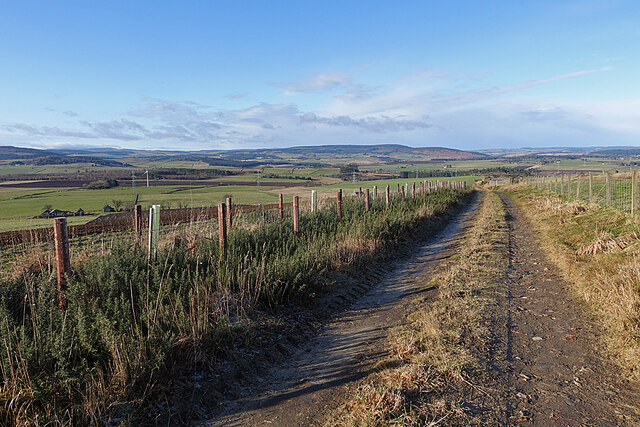

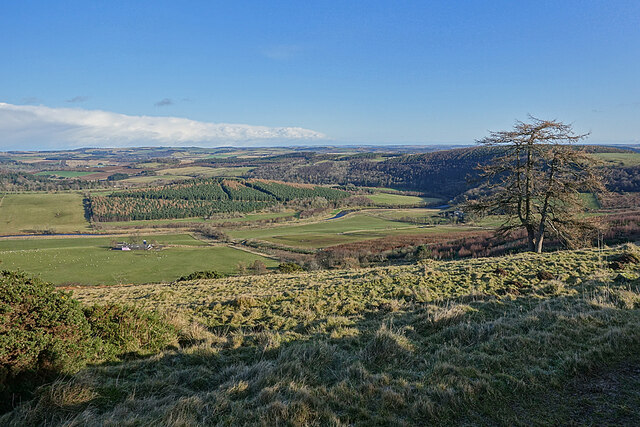
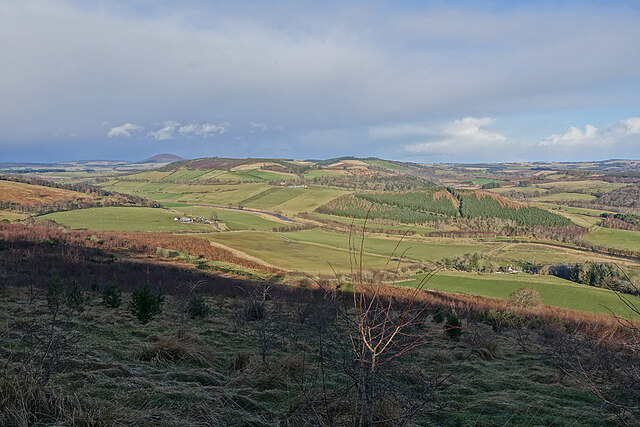
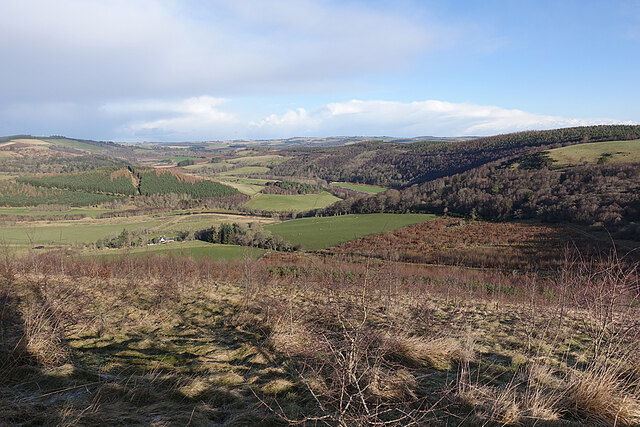

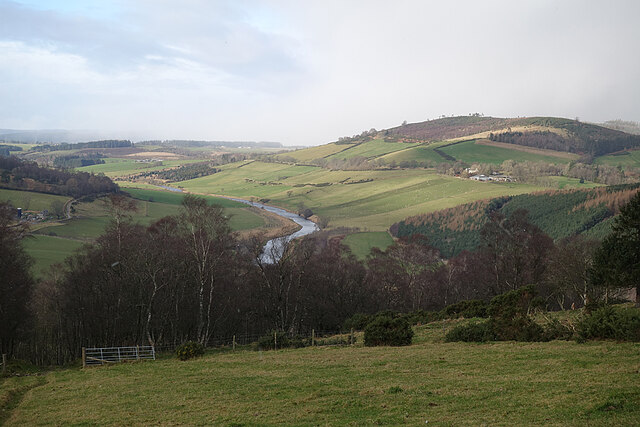
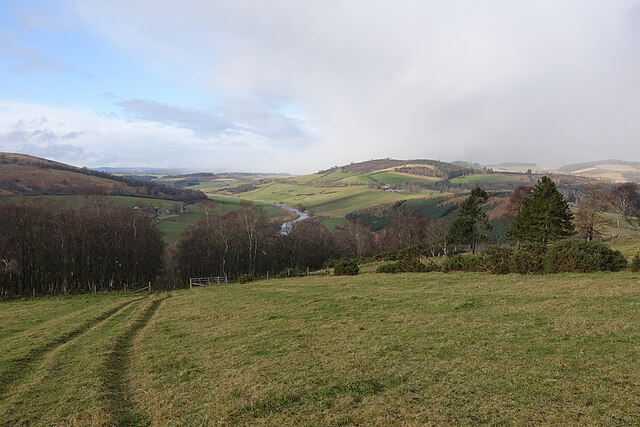
Tower Hill is located at Grid Ref: NJ5847 (Lat: 57.513781, Lng: -2.7021788)
Unitary Authority: Moray
Police Authority: North East
What 3 Words
///weary.chains.replayed. Near Aberchirder, Aberdeenshire
Nearby Locations
Related Wikis
Fourman Hill
Fourman Hill is a hill located west of Bogniebrae, Aberdeenshire, Scotland. It has an elevation of 1,127 feet (344 m). A cairn near the summit marked the...
Mountains Burn
Mountains Burn is a burn which marks the boundary of the parish of Huntly, Aberdeenshire, Scotland. == References ==
Yonder Bognie
Yonder Bognie is a stone circle in Aberdeenshire, Scotland. It is located in an agricultural field under private ownership and is a scheduled monument...
Bognie Castle
Bognie Castle (also called Conzie Castle) is a ruined castle near Huntly and Banff in the Aberdeenshire region of Scotland. It was built in the 17th century...
Bogniebrae
Bogniebrae () is a small rural settlement in Aberdeenshire, Scotland. It is located at the junction of the A97 and B9001 roads, six miles (ten kilometres...
Milltown of Rothiemay
Milltown of Rothiemay (Scottish Gaelic: Ràth a' Mhuigh) is a small inland village, built mostly of granite, in the north-east of Scotland and is within...
Cobairdy Castle
Cobairdy Castle was a 16th-century tower house, about 4 miles (6.4 km) north-east of Huntly, Aberdeenshire, Scotland, west of Burn of Connairdy. It may...
River Isla, Moray
The River Isla (Scottish Gaelic: Uisge Ìle) is a tributary of the River Deveron in North-East Scotland. The area surrounding it is known as Strathisla...
Nearby Amenities
Located within 500m of 57.513781,-2.7021788Have you been to Tower Hill?
Leave your review of Tower Hill below (or comments, questions and feedback).
